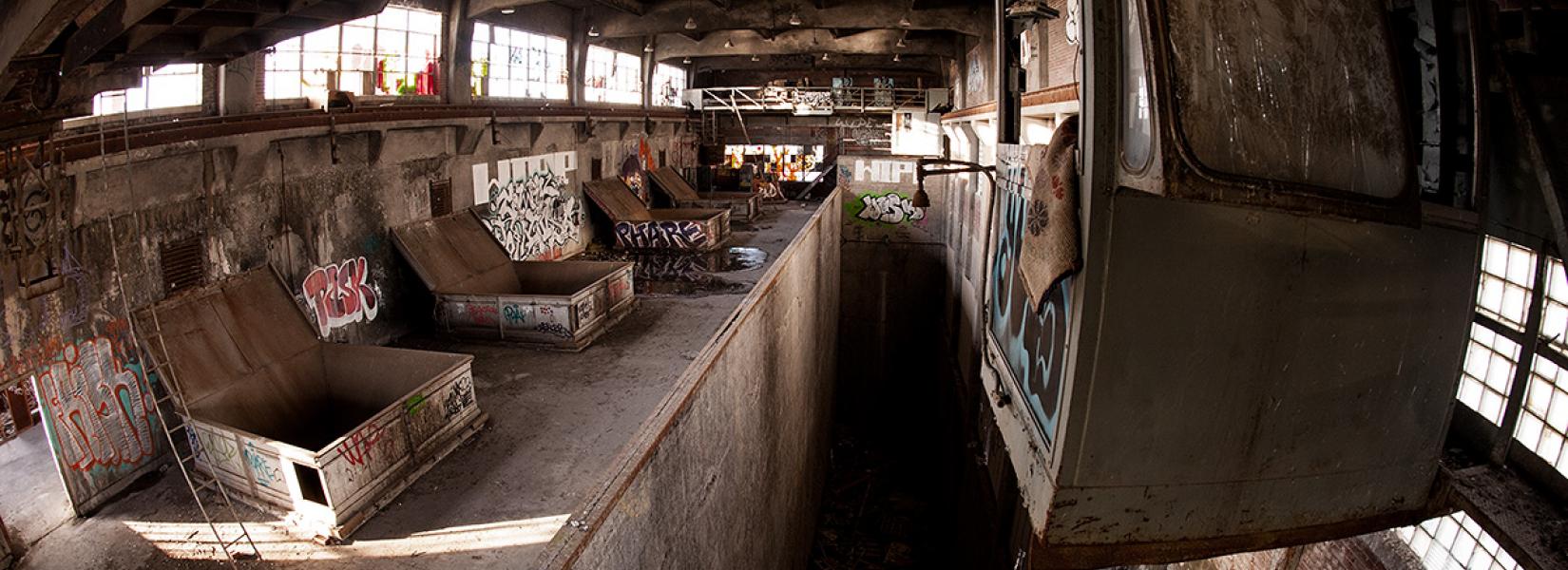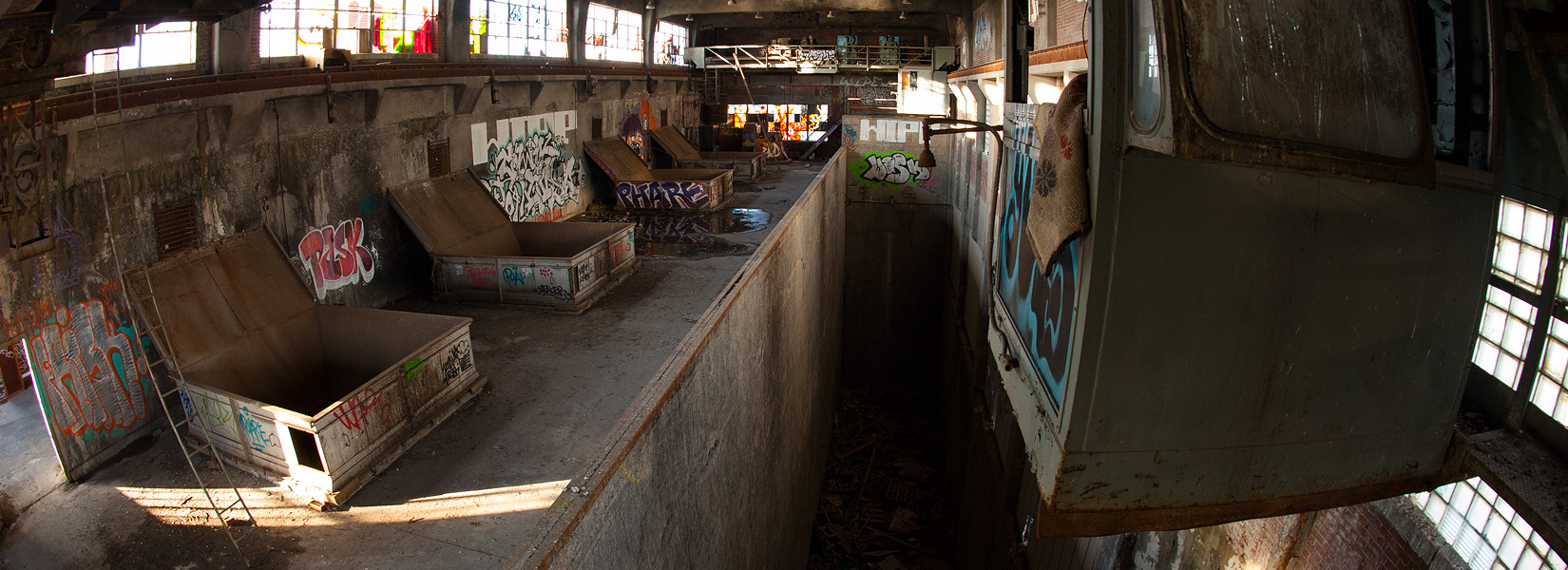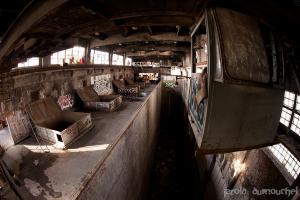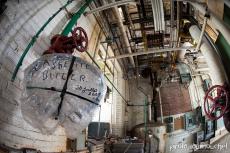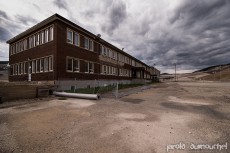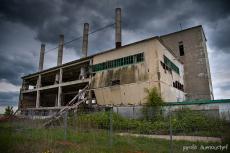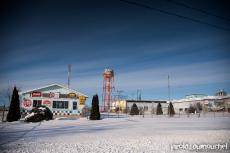For several times I passed by this little factory located in an old industrial area in the Eastern Townships, but I never been inside. Each time, I wondered if it was still active or abandoned. I must say that several tiles were broken, but I was...
The Dickson incinerator in Montreal
The pollution plant
Built in 1954, the Dickson incinerator was, at the time, the most modern one in North America. It was built to replace these old incinerators where horses were used for harvesting waste.
In the 1920s, the city of Montreal was struggling with dumps that gave off strong emanations, sources of diseases of any kind. That explains why at the end of the decade, it was decided to build a first incinerator at the corner of Papineau and des Carrières Street and a second on Atwater Street.
But, with the advent of the first garbage dumpsters, the existing facilities became obsolete and a new incinerator was required. In 1954 began the construction of the new incinerators on Dickson Street and Royal mount avenue (the latter has been destroyed.) The unloading platforms were located above street level to facilitate the unloading of trucks and allow the discharge of waste directly into large pits. Also, the exterior routes to access the platforms were heated to prevent ice formation during winter and all operations were mechanized and dry waste was organized to burn without fuel. The heat emitted by combustion was recovered and used to heat municipal buildings nearby.
The Dickson incinerator was equipped with two chimneys and represented, at the time, a gem in waste management technology. However, as this source of pollution was too large, it was responsible for the degradation of the air in the area. The authorities decided to cease all activities in 1978.
Sources:
- Wikipedia (french)
- Heritage of the city of Montreal (french)
Related content
It takes a lot of motivation to get to this old mine and foundry abandoned since 2002. For it must be admitted that we are rather far from everything in this distant municipality of 650 inhabitants. Moreover, if this village exists, it is above...
Update (2013-08-23) : Many thanks to those who sent me some information about this place. So, it seems like this building was used to heat other buildings of the military complex who is now abandoned.
It is rather unusual that I can not...
The place is big, very big. While the building is nearly 200,000 square feet, the site, meanwhile, is over than 430,000 square feet in an agricultural area of Saint-Jean-sur-Richelieu. For those interested, the site is for sale and the current...

